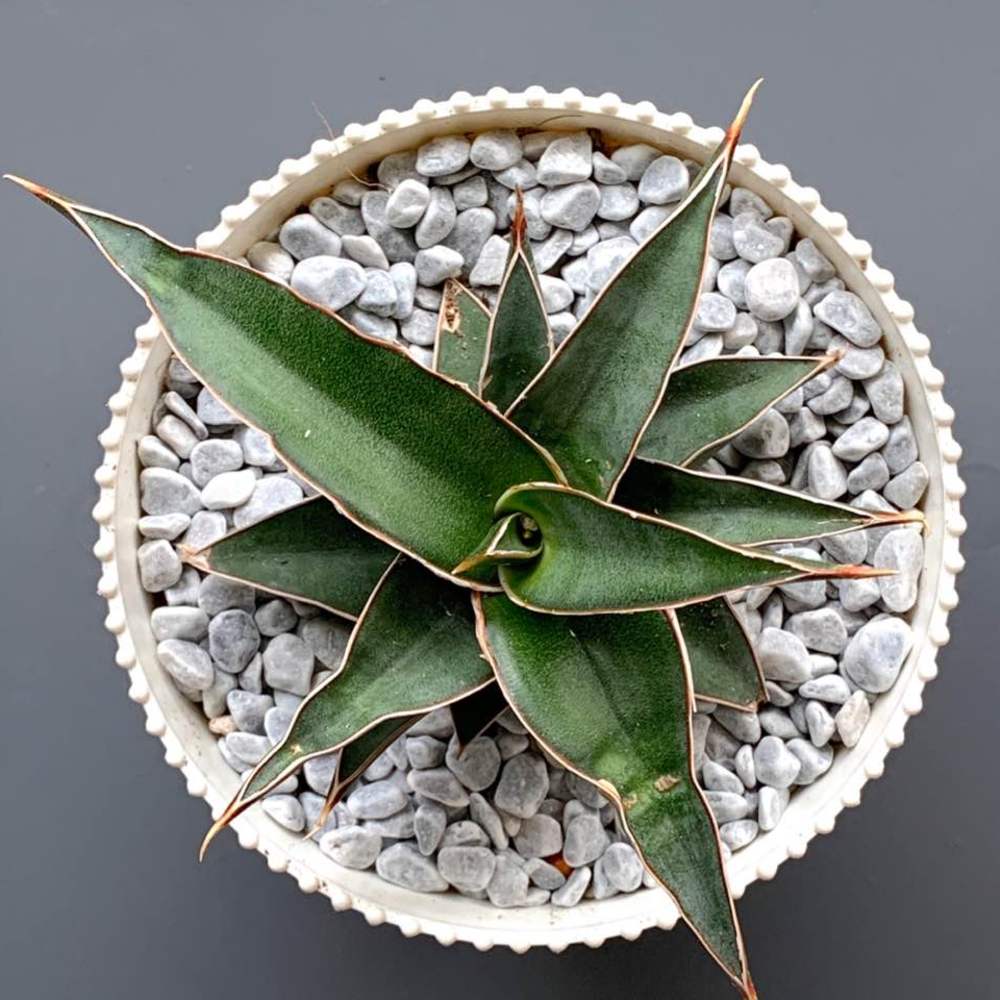植物经验
详细说明
How to Grow and Care
Place Sansevierias in moderately bright or filtered light. Good locations include a spot in front of a north-facing window or in front of a bright, sunny window covered by a sheer curtain. Although the plant tolerates low light, bright light brings out the colors in the leaves. However, intense light may cause the edges of the leaves to turn yellow.
Allow the soil to dry completely before watering, and then water deeply until water drips through the drainage hole. Allow the pot to drain and then discard water that remains in the saucer. Never allow the soil to become soggy and never let the pot stand in water. Water sparingly throughout the winter. Like most succulent plants that store water in their leaves, Sansevieria rots quickly in excessively wet soil.
Place Sansevieria in average room temperatures. Protect the plant from drafts and cold temperatures as it is damaged at temperatures below 50 degrees Fahrenheit (10 degrees Celsius).
Feed the plant once every three weeks throughout the summer.
Light
Place Sansevierias in moderately bright or filtered light. Good locations include a spot in front of a north-facing window or in front of a bright, sunny window covered by a sheer curtain. Although the plant tolerates low light, bright light brings out the colors in the leaves. However, intense light may cause the edges of the leaves to turn yellow.
Watering
Allow the soil to dry completely before watering, and then water deeply until water drips through the drainage hole. Allow the pot to drain and then discard water that remains in the saucer. Never allow the soil to become soggy and never let the pot stand in water. Water sparingly throughout the winter. Like most succulent plants that store water in their leaves, Sansevieria rots quickly in excessively wet soil.
Temperature
Place Sansevieria in average room temperatures. Protect the plant from drafts and cold temperatures as it is damaged at temperatures below 50 degrees Fahrenheit (10 degrees Celsius).
Feeding
Feed the plant once every three weeks throughout the summer. Use a general-purpose fertilizer for houseplants diluted to one-half the strength suggested on the container. Sansevieria is a light feeder and too much fertilizer makes the leaves fall over.
Repotting
Repot the plant into a container one size larger only when the roots outgrow the pot. Sansevieria thrives — and may produce blooms — when its roots are crowded. Fill the container with a lightweight commercial potting soil. Some people repot plants only when the roots crack the pot.
Remove dust by wiping the leaves with a soft, damp cloth. Avoid commercial leaf-shine products, which may damage the leaves or cause them to take on a rusty appearance. If any leaves are damaged or blemished, cut them off, even with the soil.
Place Sansevierias in moderately bright or filtered light. Good locations include a spot in front of a north-facing window or in front of a bright, sunny window covered by a sheer curtain. Although the plant tolerates low light, bright light brings out the colors in the leaves. However, intense light may cause the edges of the leaves to turn yellow.
Allow the soil to dry completely before watering, and then water deeply until water drips through the drainage hole. Allow the pot to drain and then discard water that remains in the saucer. Never allow the soil to become soggy and never let the pot stand in water. Water sparingly throughout the winter. Like most succulent plants that store water in their leaves, Sansevieria rots quickly in excessively wet soil.
Place Sansevieria in average room temperatures. Protect the plant from drafts and cold temperatures as it is damaged at temperatures below 50 degrees Fahrenheit (10 degrees Celsius).
Feed the plant once every three weeks throughout the summer.
Light
Place Sansevierias in moderately bright or filtered light. Good locations include a spot in front of a north-facing window or in front of a bright, sunny window covered by a sheer curtain. Although the plant tolerates low light, bright light brings out the colors in the leaves. However, intense light may cause the edges of the leaves to turn yellow.
Watering
Allow the soil to dry completely before watering, and then water deeply until water drips through the drainage hole. Allow the pot to drain and then discard water that remains in the saucer. Never allow the soil to become soggy and never let the pot stand in water. Water sparingly throughout the winter. Like most succulent plants that store water in their leaves, Sansevieria rots quickly in excessively wet soil.
Temperature
Place Sansevieria in average room temperatures. Protect the plant from drafts and cold temperatures as it is damaged at temperatures below 50 degrees Fahrenheit (10 degrees Celsius).
Feeding
Feed the plant once every three weeks throughout the summer. Use a general-purpose fertilizer for houseplants diluted to one-half the strength suggested on the container. Sansevieria is a light feeder and too much fertilizer makes the leaves fall over.
Repotting
Repot the plant into a container one size larger only when the roots outgrow the pot. Sansevieria thrives — and may produce blooms — when its roots are crowded. Fill the container with a lightweight commercial potting soil. Some people repot plants only when the roots crack the pot.
Remove dust by wiping the leaves with a soft, damp cloth. Avoid commercial leaf-shine products, which may damage the leaves or cause them to take on a rusty appearance. If any leaves are damaged or blemished, cut them off, even with the soil.
花相册 (6)
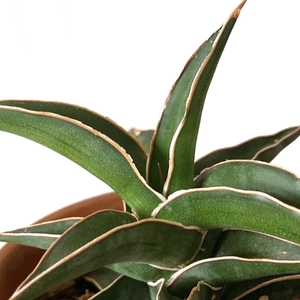
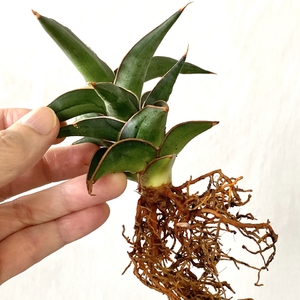
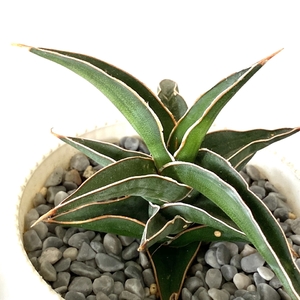
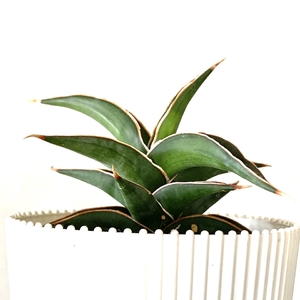
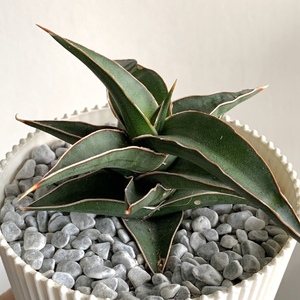
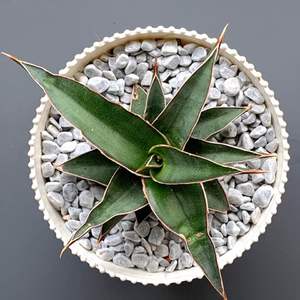
kensong
2020年05月10日

Looking happier after repotting.


kensong
2020年03月24日

Repotted this because it didn't look healthy and the soil was actually too dense and soggy.


kensong
2020年02月07日

Grown taller.




kensong
2018年12月18日

This is my first growing diary. From Kate Phang RM68.






